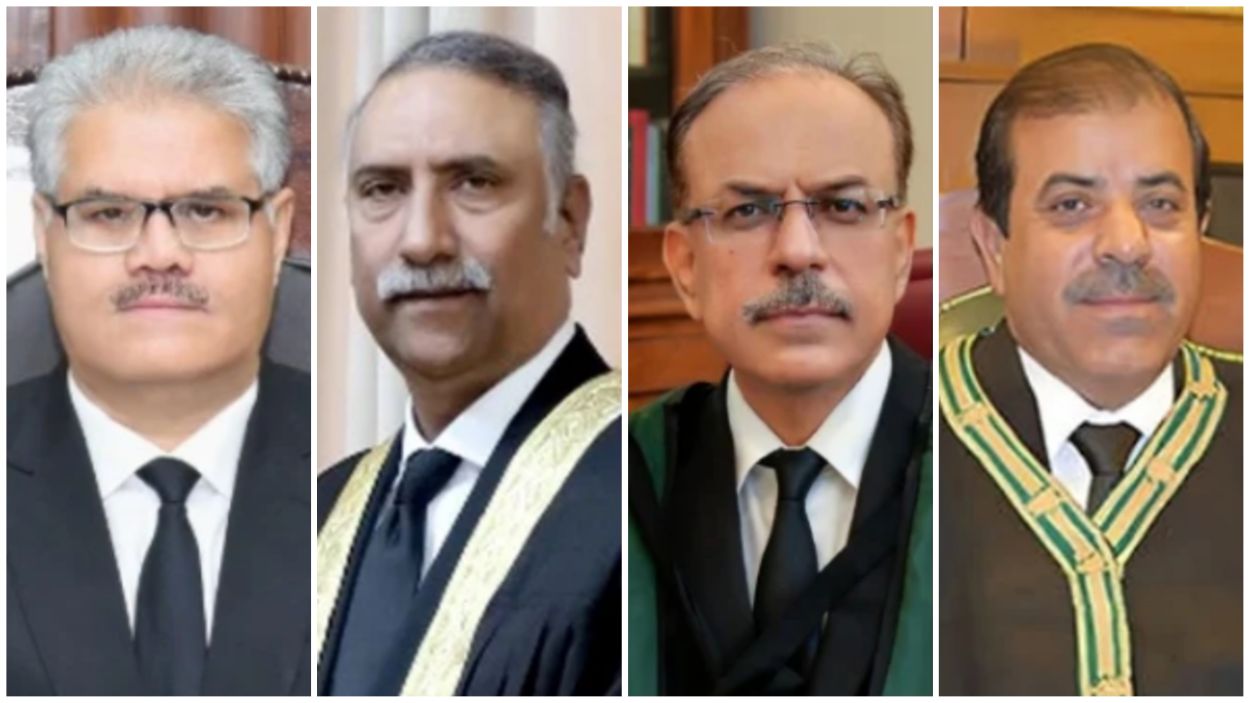On July 1, 2025, the Judicial Commission of Pakistan (JCP), chaired by Chief Justice Yahya Afridi, approved the appointment of permanent chief justices for the Peshawar, Balochistan, Sindh, and Islamabad High Courts. This significant move addresses long-standing vacancies and judicial seniority disputes.
The JCP appointed Justice Atiq Shah as chief justice of the Peshawar High Court (PHC), despite his position as the second-most senior judge, with an 11-5 vote. Justice Rozi Khan was endorsed for the Balochistan High Court (BHC), Justice Junaid Ghaffar, the senior-most judge, for the Sindh High Court (SHC), and Justice Sarfraz Dogar for the Islamabad High Court (IHC). The decisions, notified to the Prime Minister’s Office, aim to stabilise judicial leadership across these courts.
Justice Atiq Shah’s appointment faced dissent from Supreme Court Justices Mansoor Ali Shah and Muneeb Akhtar, as well as Khyber Pakhtunkhwa’s law minister and two Pakistan Tehreek-e-Insaf (PTI) members. Critics argued that appointing a non-senior-most judge could disrupt judicial norms, reflecting ongoing debates about seniority and constitutional amendments, particularly the 26th Amendment.
The appointments follow delays in naming permanent chief justices, with the JCP previously postponing meetings due to unresolved issues, including a seniority dispute at the IHC involving Justice Sarfraz Dogar. Five IHC judges challenged Dogar’s acting chief justice role, citing constitutional concerns, but the Supreme Court upheld the transfers as legal. The JCP’s decisions also align with efforts to extend constitutional benches and evaluate judicial performance.
The JCP’s appointments mark a critical step in ensuring stable judicial leadership, addressing vacancies that have persisted for months. The decisions, amid debates over seniority and executive influence, highlight the judiciary’s role in upholding constitutional integrity. These changes impact Pakistan’s legal system, influencing public trust and judicial efficiency in a politically charged environment.






